Working With The 99% Architecture
Ateliermob was founded in 2005 by Tiago Mota Saraiva and Andreia Salavessa with the aim of designing new forms of architecture, in particular exploring the context of social architecture and strategic planning. In Lisbon, I met Tiago and he explain me about the importance of their work and how is emerging social architecture within their cooperative.

Community Kitchen with Colectivo Warehouse. | Photo © FG + SG
What is an architectural cooperative? How do you organize your work? Why did you decide for this organization?
In 2005 we started to work as an architectural firm and during the crises we started to work more with people that has no money to pay for our work. This were different projects organized in a group working with the 99%, saying that this is the number of the people, which cannot afford to have an architect to work with them. The main issue is that we are not volunteering but apply for different funding. This can pay our work to do with communities. Because this group of projects became a main core of our work in the office, we organized it in another way. Conventional architecture work we do within the firm; besides we open the cooperative. This means that people we are working with are inside the cooperative. They are cooperants. In such way it is a more shared platform to work together with 99%.
Is there any model of founding urbanism, how do you reach the budget you need?
At the beginning the way we get jobs was applying to public competitions. Now we apply to fundings. When you apply to competitions and you don’t win, then the project goes to the garbage. You cannot reuse it. On the other hand, with the cooperative ideas we have the folder with the project that we want to apply to different projects, funding and applications. We are for example running the application for cultural, administrative and security areas. In EU there are right now many projects promoting the security and we are going to this funding that we can bring the safety to the local commons and neighborhoods. We are trying to be fluid to include all areas, so that we can in a certain way do the things we want to do. We are quite clear when we start to work on the neighborhood, what are their problems and what are their questions. Then we use it to the goals of different fundings, being very pragmatic on what we want to do.
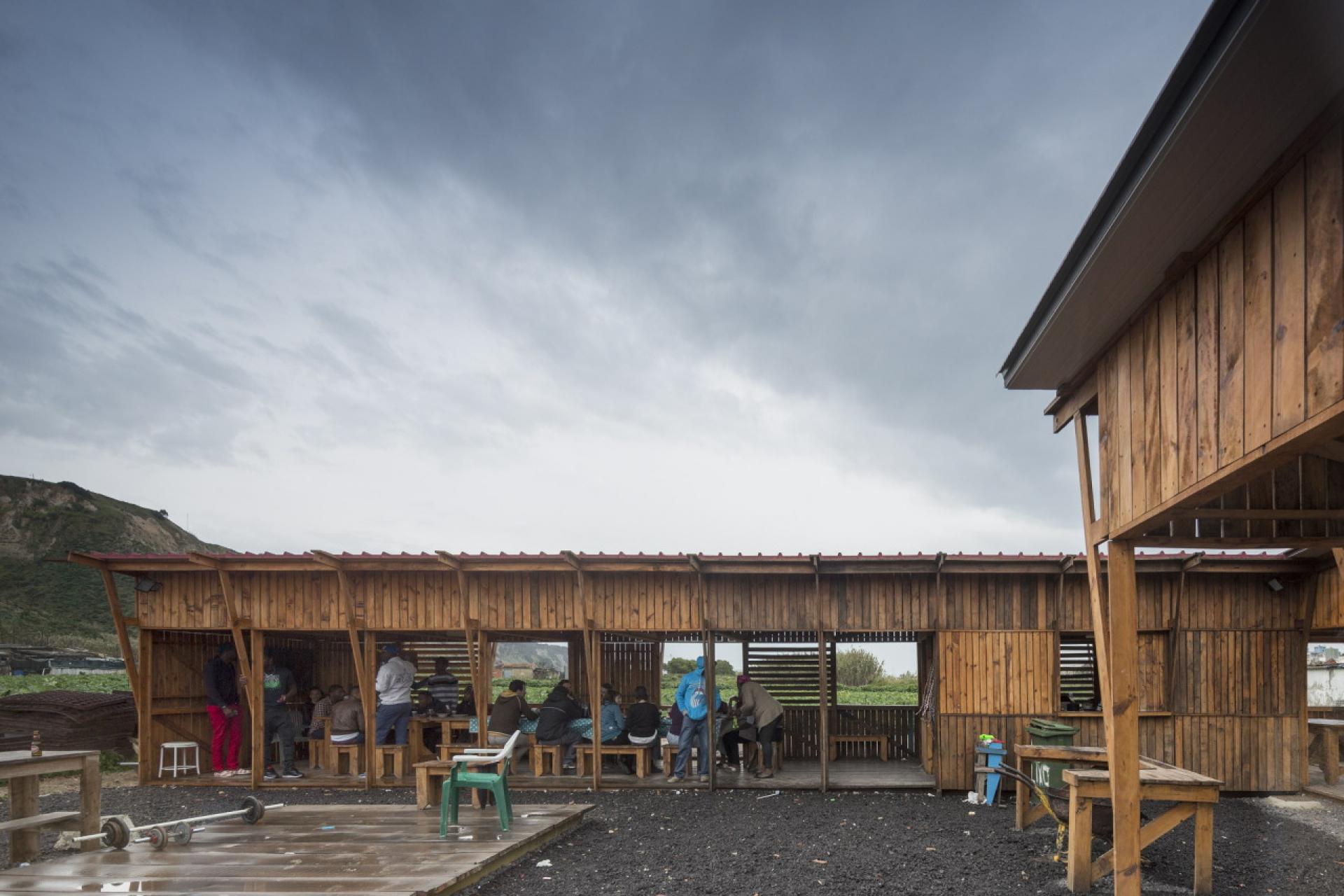

Internal courtyard of the Community Kitchen. | Photo © FG + SG
How do you choose locations and communities to work with?
We don’t choose but, right now, they come to us. From a neighborhood, which is a shanty town, the president of this neighbor association had heard about us and she established the connection. We want to be seen as a problem solver, which has a lot to do with manage expectation of this neighborhood but on the other hand we want to re-establish the connection in-between people and the State showing that working together we can solve more problems. That are the links we want to establish.
Do you absorb different initiatives and marginal groups into your projects and how do you implement this idea to maintain spaces public?
There is a lot of problems that cannot be solved with our know how, like domestic violence, but we have the networks that can start to enter the project on this level. We work a lot with networks helping us dealing with that. We want to refuse the idea that we are competing with everyone because we are very clear on what we are doing and we show this via our blog or media that wants to talk with us. We want to have the transparency on what we are doing and we want more collectives to join our projects and to work on the same fields of action.

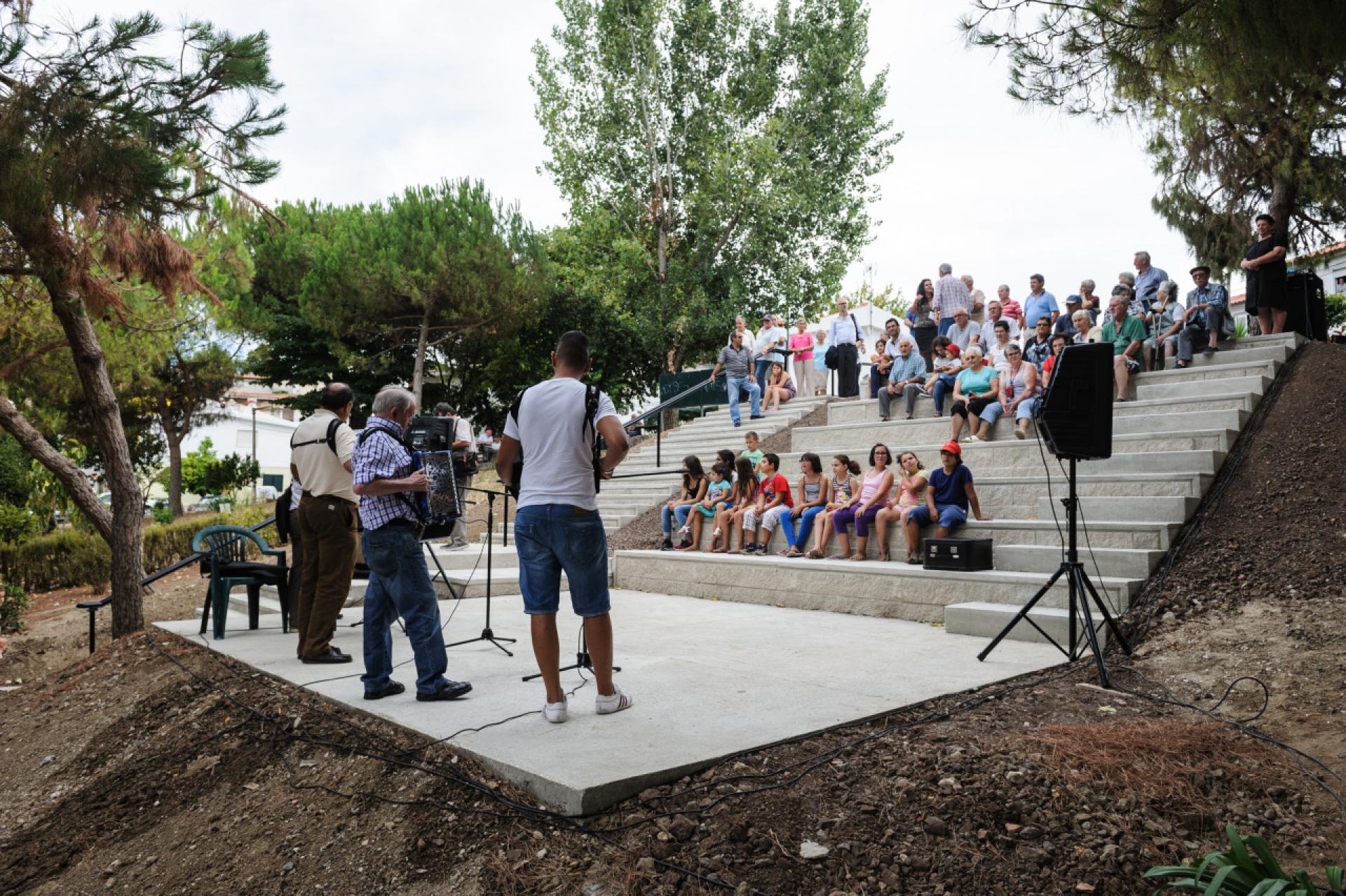
Sul Seller Amphitheater | Photo © Valter Vinagre
You are active online; is this a way you create an online community and develop new ways of communication?
We tend not to use the architectural ways of communication. We use more generic ways, like publishing articles on generic media. Today I published an article on funding housing cooperativism. As there is a huge problem of housing in Portugal, a lot of people would like to join cooperatives and from this point we need to study. But government answer is that there is no money for that. On the other hand, we have one worldwide tourism company collapsing and you have millions for helping it. That was my article published today.

Planing for Protest Exhibition at the Lisbon Triennial of Architecture. | Photo © Max Rosenheim
You were one of the architects collaborating within the planning for protest project?
We were very engaged on criticizing during the time we were under external interventions. Portugal was on chaos and it was times of protesting. What we found after these 4 years of nightmares, how to create maps and plans of protests, how people move through the city and how they were connected. After these 4 years we learned we need to start going political. We want to help the National Parliament to produce good laws and programs, that can be much more used on the neighborhoods. We started to pressure the political ambiences to work on locations out of their minds of work.
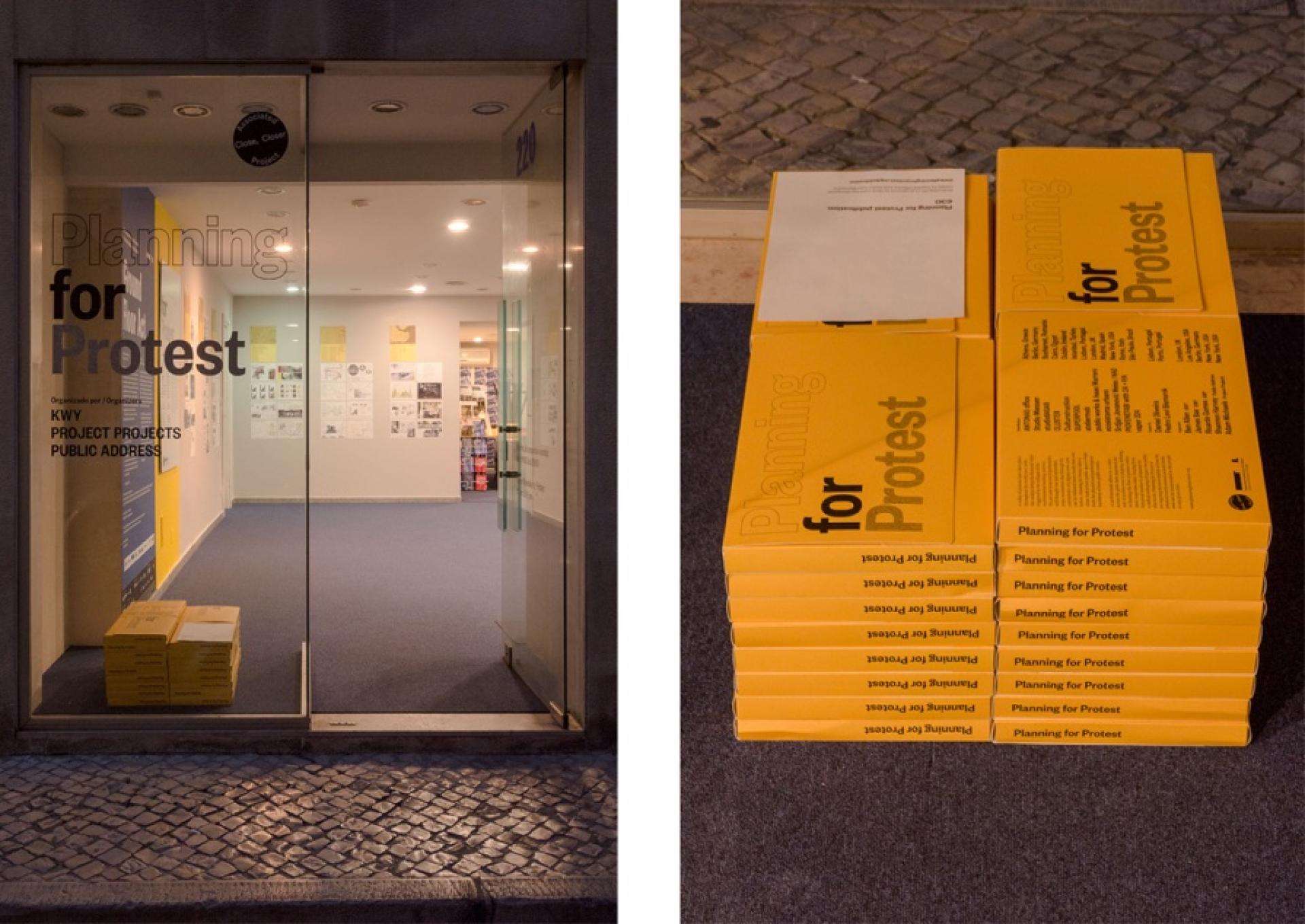
Planing for protest exhibition and catalogues. | Photo © Max Rosenheim
How did you present it?
We asked to meet in the Parliament with the Comition of Housing. We presented a survey of several neighborhoods from the north to the south of the country that need answers. They understood we have a map of problems and start to call us asking us to be part of the solving team. So first we protest, that we need to construct our ways of working.
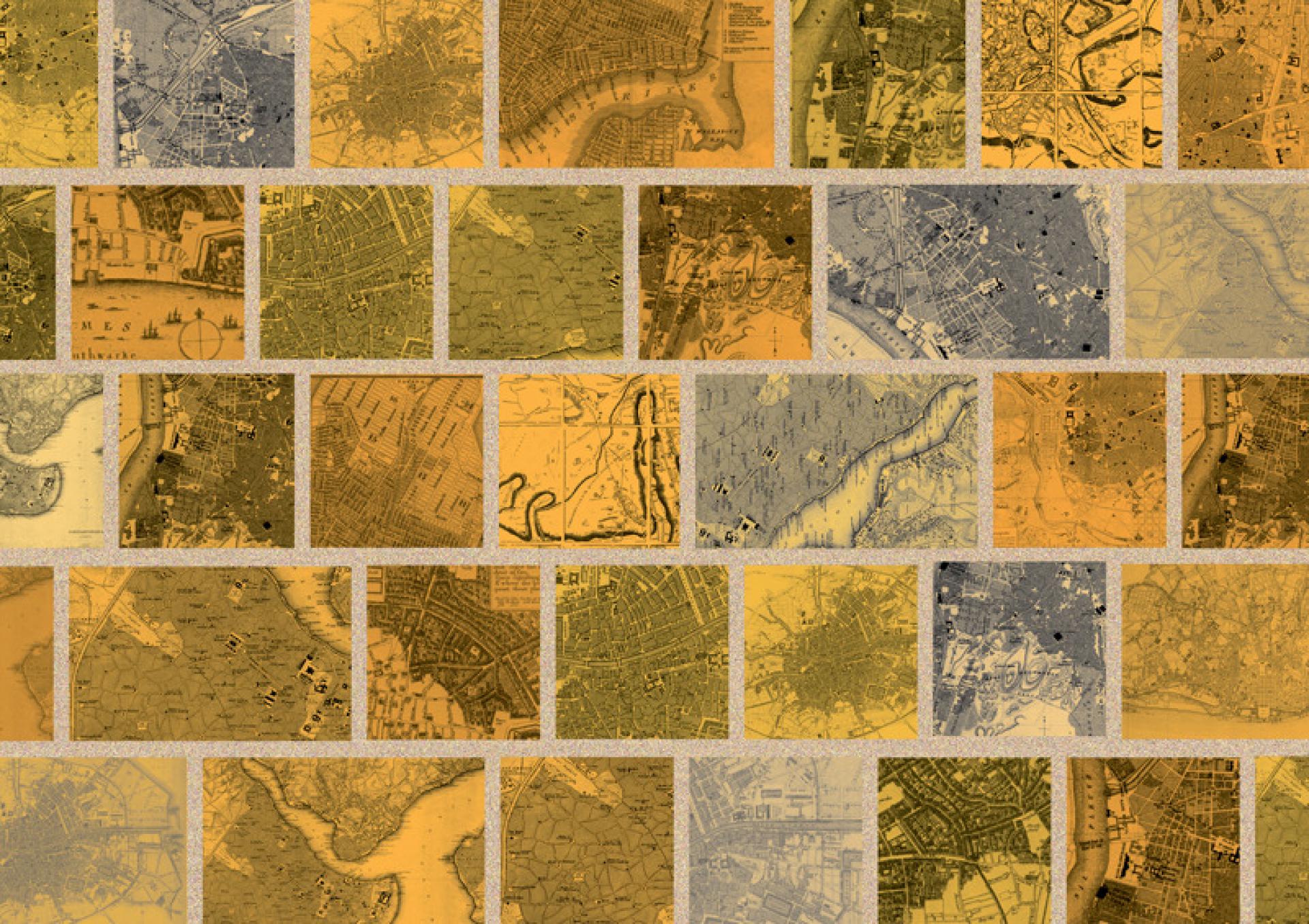
Planing for Protest mapping. | Photo © Max Rosenheim
Your office is going to move from the city centre of Lisbon because of touristification effect; do you have any idea how to create more sustainable tourism?
There are some cases of social engaged touristic projects running in Porto and Lisbon but they are not clear to someone who is searching it on maps. We have to start to think on how this can become presented via strong international European networks. I think we can have more tourist in Lisbon but I am afraid of touristophobia, which is growing very fast. Tourist arriving to Lisbon have to choose sustainable tourism.
We cannot assume that tourism is going to decline. Lisbon is an easy and friendly city for European citizens, for example, and the city has to have an answer to this. Tourists are coming here to consume and I think the way around, tourist can be part of the city, so it need to be present them how to live the identity of the city. It shall be spread on the areas that are not very touristic.
How do you implement participation?
We work a lot with the marginalized communities. In Portugal, the most marginalized are Roma communities, as they don’t have access to housing, kids are not going to school. Some are outside of the society and easily absorbed by crime networks. This is a consequence not an identity. Normally we manage to mix cultures, like we helped a group of Batucaderas, where women get together talking about their problems.
We are trying to avoid establishing a link between the most marginalized communities and the State. That is the most effective way to avoid racism and the appearance of right wing movements, which I am afraid of.
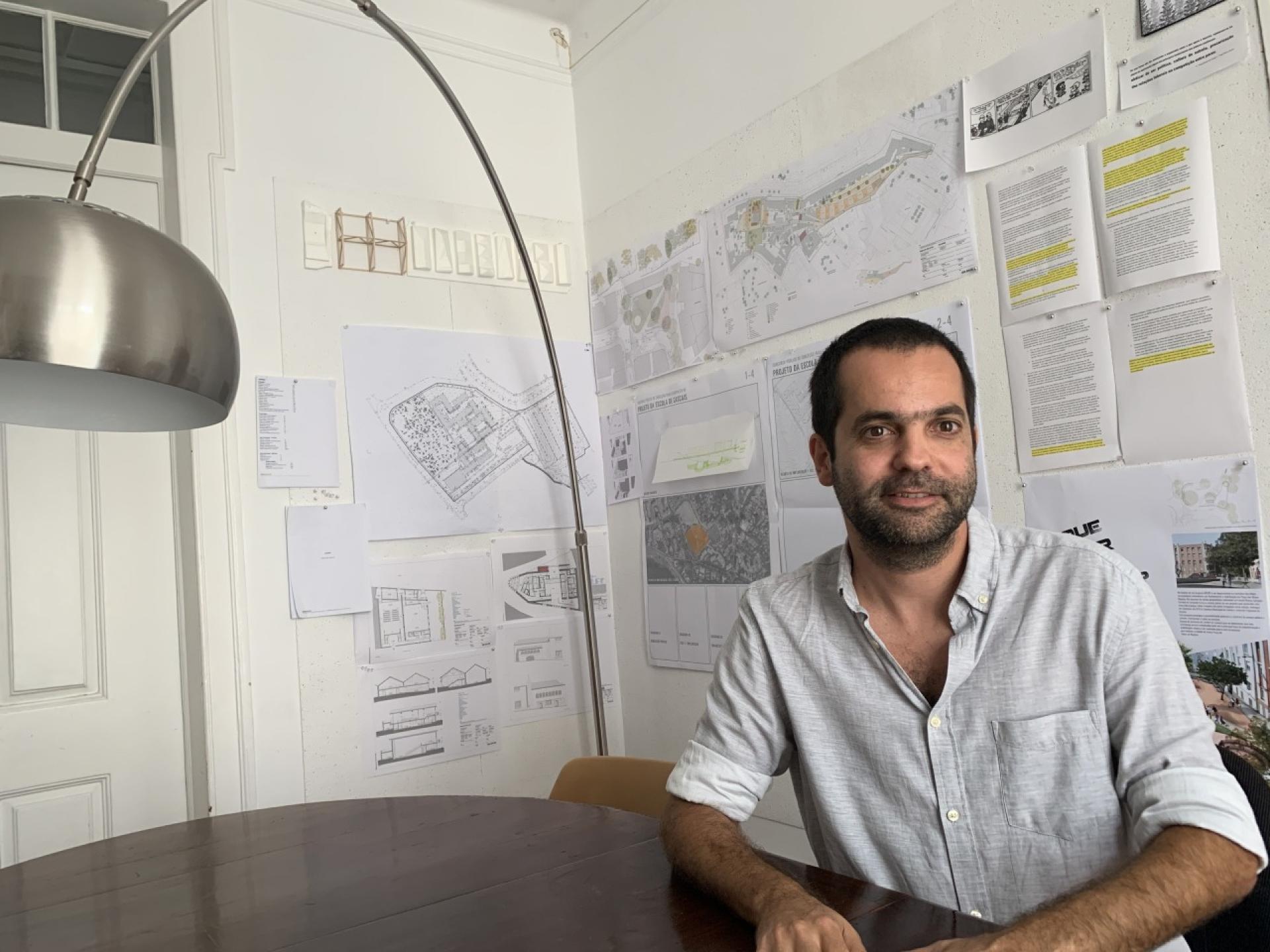
Tiago Mota Saraiva has a degree in Architecture and specialization in Architecture, Territory and Memory. He worked in several offices in Lisbon, Rome and Vicenza. He is an invited Assistant Professor at Universidade Moderna (2007) and at FAUTL (2007-2008), in Ordem dos Arquitectos National Executive Board (2003-07) and National Treasurer (2005-2007). Tiago is managing partner at ateliermob; president of Working with the 99% cooperative. He is a board member of SOU Largo Residencias cooperative, re:kreators and Editorial Board of Le Monde Diplomatique (Portuguese Version).